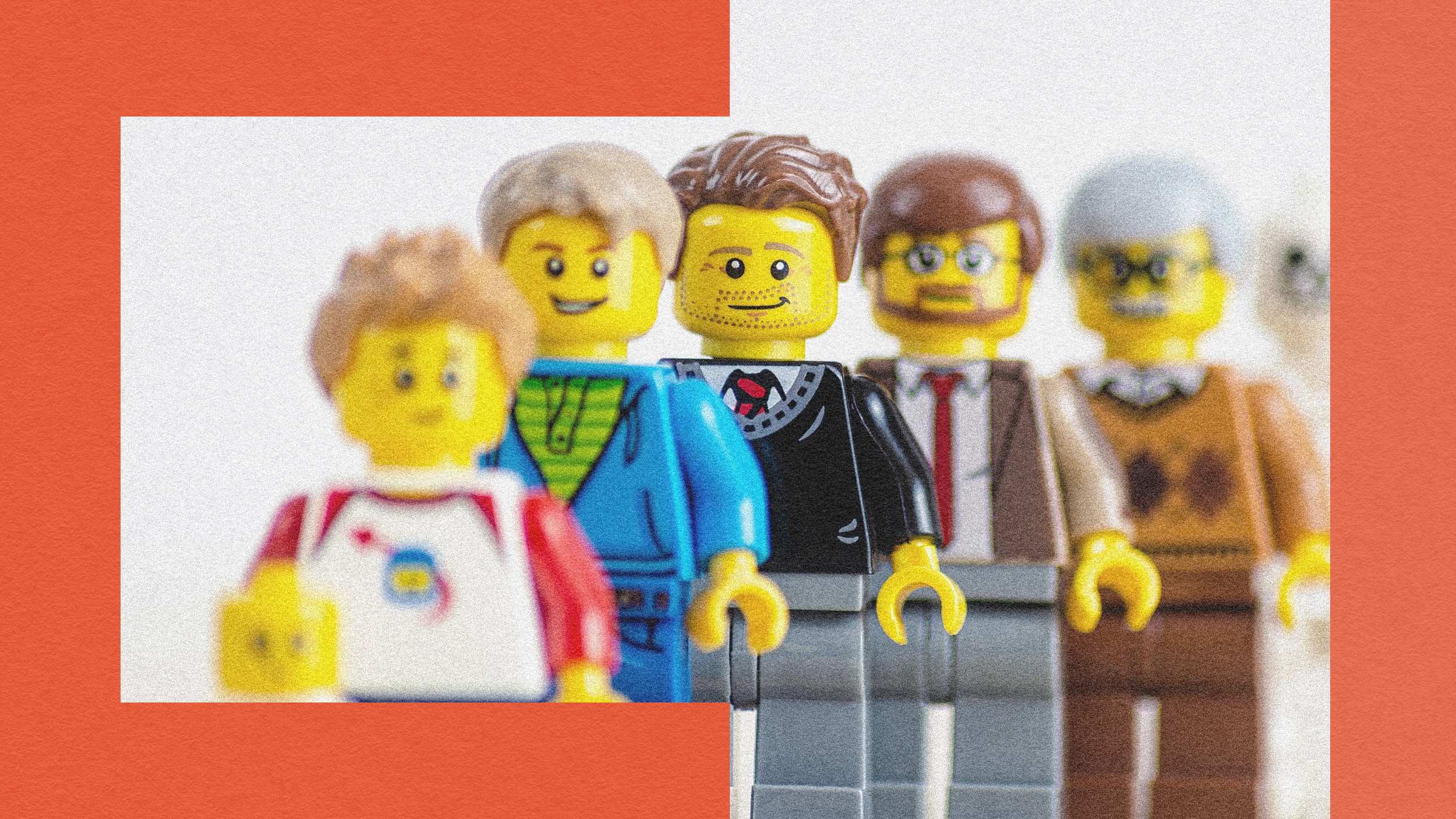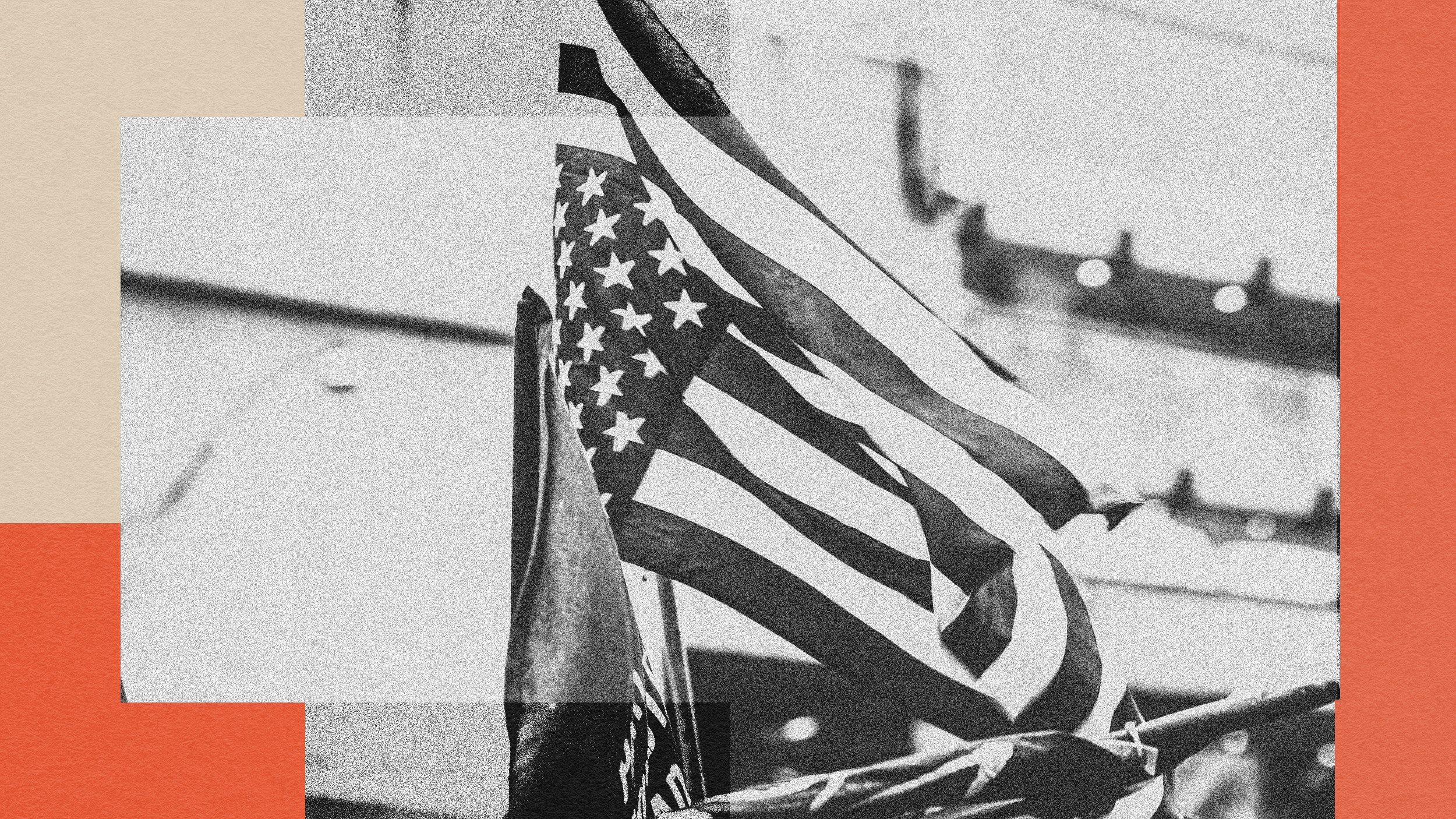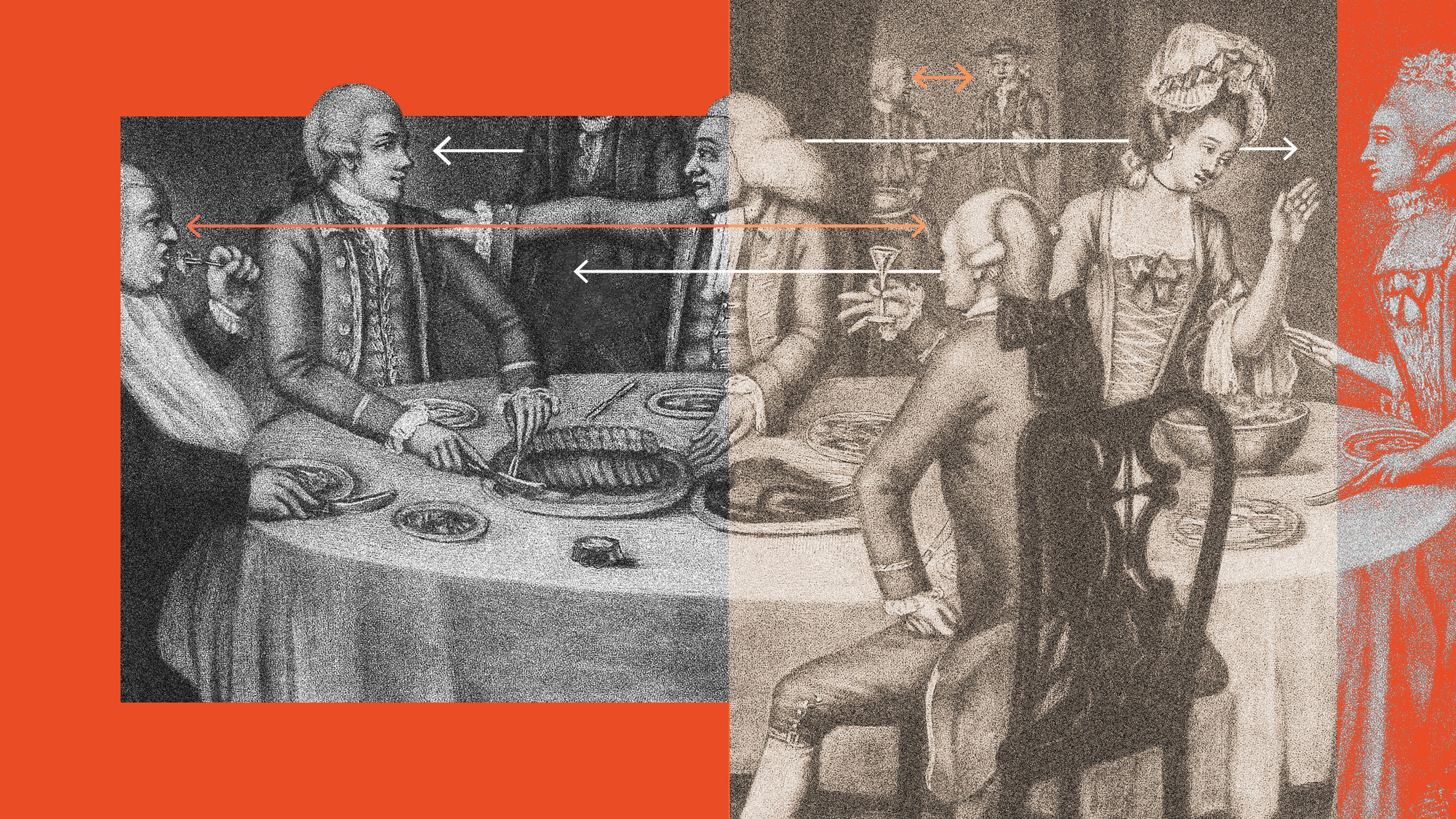Shashi Tharoor talks about the keys to tolerance.
Question: Can people of different faiths co-exist?
Shashi Tharoor: Well Hindu notion is, of course, if you accept that the other guy’s faith is as valid as yours – the other guy’s way of reaching out to God is as valid as yours – then you have no choice but to co-exist because you have no basis to decide that your way of life is superior or your faith is superior. A lot of the tragedy in terms of Hindu-Muslim violence in India today comes from Hindus not being sufficiently Hindu – from using Hinduism as a badge of cultural identity rather than acting from the tenets of this supremely tolerant faith. I think tolerance exists when people learn to see others in the way they see themselves. When you see that this strange person has a strange way of worshipping, or living, or dressing, or praying, or speaking, or eating has a set of beliefs that as true to him as my set of beliefs are to me. And once you learn to acknowledge that – as I said, I think Hinduism does equip you to do that if you follow the tenets of the faith – then co-existence is not only relatively simple; it’s the only way of being. Because attacking somebody else because of his or her convictions and faith would be a betrayal of what you yourself stand for and believe in in your own life. So I believe very strongly in co-existence. In fact I prefer the word “co-existence” – which I’ve used a lot today – to “tolerance”, because tolerance almost implies a position of superiority. You tolerate somebody else because you feel you’re in a position to tolerate or not tolerate him. Whereas co-existence doesn’t have that implication of superiority. It simply says you are, he is, she is, we are connected. We work together in the same space, the same world, breathe the same air, hopefully dream the same dreams.
Recorded on: 9/18/07





